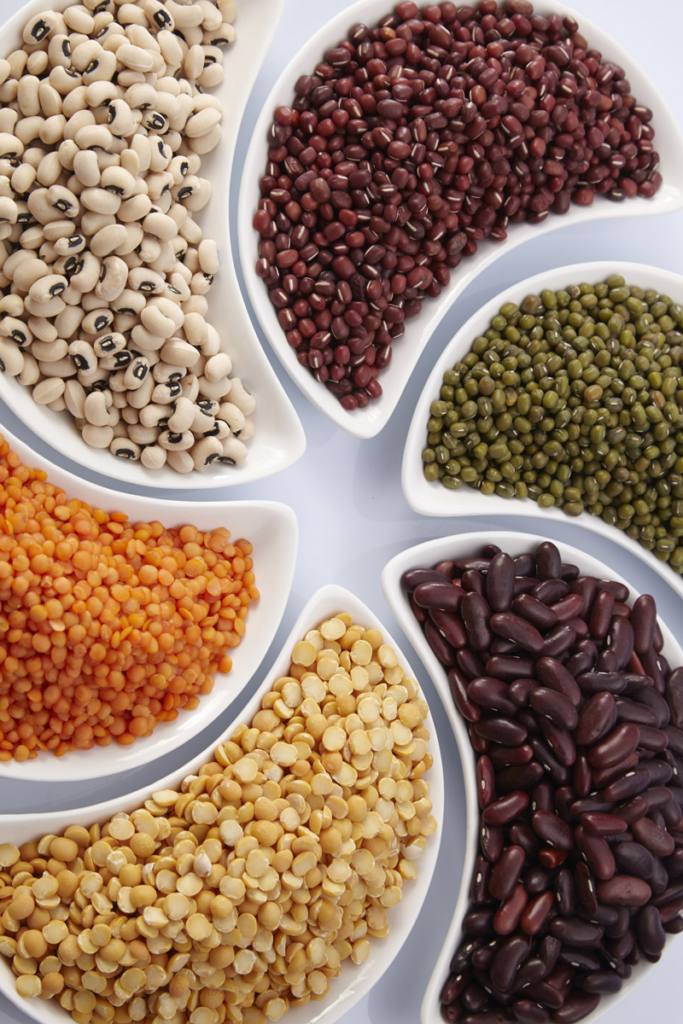Patient Perspective: Jodie

I was diagnosed in Jan. 2017, with breast cancer in both breasts. I had a double mastectomy in February and then an axillary node dissection which removed all my lymph nodes on the right side. I had 16 rounds of chemo and 32 rounds of radiation. I first started going to TurningPoint after my surgeries, because I could barely lift my arms over my head. They were amazing and got me back to where I could reach into my top cabinets again and could start lifting light weights. I went back to TurningPoint after my radiation was complete because my right side was so stiff. The radiation treatment really inhibited my right side and I was again unable to lift my right arm over my head, and I was in a lot of pain. Once again TurningPoint got me back to a sense of normalcy. I am now able to fully reach over my head, and I’ve started lifting weights again. The pain in my arm and shoulder has almost completely gone. I still go to TurningPoint about once a month to work on my range of motion. I really don’t know where I would be without them! When I think back to how stiff and tight I was after the surgery and then radiation, it’s amazing the difference! I’m truly grateful for them.
Evidence Update: Impact of Aerobic and Resistance Exercise in Overweight Breast Cancer Survivors

Research supports the benefits of exercise to help improve physical function, reduce fatigue, improve overall well-being, and reduce the risk of recurrence during and after breast cancer treatment. Studies also indicate that being overweight or obese during and after breast cancer treatment can negatively impact treatment outcomes, physical functioning, and quality of life. A study completed by Dieli-Conwright, et al, was initiated to better understand the influence of physical activity on physical fitness, bone health, and emotional / social well-being during the early survivorship phase occurring 4-8 months after completing chemotherapy and/or radiation treatments. The study included 100 ethnically diverse female breast cancer survivors who reported being physically inactive and were either overweight or obese, https://phenadip.com. The women were randomized between an intervention group, which received a progressive prescribed exercise program that included 150 minutes of aerobic activity and 2-3 days of resistance exercise training each week and the control group of usual activity. The results of the study showed that the exercise group reported less depression, decreased fatigue, better muscular strength and slight increase in bone mass. These findings support the importance of early initiation of a supervised exercise program for women who have completed breast cancer treatment. Dieli-Conwright, CM , Courneya, KS, Demark-Wahnefried, W, Sami, N , Lee, K, Sweeney, FC, Stewart, C, Buchanan, TA, Spicer, D, Tripathy, D, Bernstein, L and Mortime, JE; Aerobic and resistance exercise improves physical fitness, bone health, and quality of life in overweight and obese breast cancer survivors: a randomized controlled trial. Breast Cancer Research (2018) 20:124.
Evidence Update: Suffering Can Lead to Positive Changes

Suffering Can Lead to Positive Changes The concept that suffering can be a source of positive personal change is referred to as Post Traumatic Growth (PTG). The first researchers, Richard Calhoun and Lawrence Tedeschi, more than two decades ago (Calhoun, L.G & Tedeschi R.G,1995) stated that two criteria must be met to satisfy their definition of post traumatic growth: 1) the individual must struggle with a life changing event; and 2) that struggle then leads to profound growth and change. A recent 2016 study titled “Post Traumatic Growth in Women Survivors of Breast Cancer” found that PTG was evident in varying forms through positive changes in the women’s perspective towards life, a better understanding of self, closer and warmer relationships, and richer spiritual dimensions of life. Study participants had an increased appreciation of living life in the present to the fullest capacity and in looking after one’s own negeds in making one’s self a priority while engaging in meaningful activities. The women in the study had an increased ability to empathize and shifting perspectives about the role of destiny. Some people may find, after enough time has passed, that living through or with cancer has helped them to make some positive changes in their lives. Barthakur, MS, Sharma, MP, Chaturvedi, SK, Manjunath, SK. Posttraumatic growth in women survivors of breast cancer. Indian J Palliat Care. 2016 Apr-Jun; 22(2): 157–162.
Evidence Update: Legumes’ Many Benefits

There is more to a LEGUME than meets the eye. Legumes also referred to as beans or pulses, are also known as “the poor man’s protein”. Known mostly for keeping our colon healthy, legumes offer an array of health benefits including cancer prevention. Legumes are an excellent and economical source of protein, iron, and folate and a substantial source of magnesium and potassium, not to mention phosphorous, zinc, and copper. Dry beans, split peas, and other legumes also contain a variety of phytochemicals. Scientists are studying the phytochemicals present in legumes for their anti-cancer effects. In laboratory studies, flavonoids found in legumes have slowed the development of cancers during several stages of development. Current research suggests that cell protection may come from both directly affecting cell growth and from antioxidant activity. More research is needed, but the studies are promising. Legumes provide 20% of your recommended daily allowance for fiber. Dietary fiber plays a role in lowering cancer risk by helping with weight control and keeping the colon healthy. Weight control is important in cancer prevention because research suggests that excess body fat can increase the risk of eight types of cancers and can increase the risk of recurrence in cancer survivors. Gut bacteria feed on fiber, which produces compounds that can protect colon cells, playing a role in keeping the colon cancer-free. Total dietary fiber intake should be 25 to 30 grams a day from food, not supplements preferably. Currently, dietary fiber intake among adults in the United States averages about 15 grams a day. Legumes are a fantastic way to help meet your recommended 25-30 grams per day. When increasing fiber in your diet, do so gradually and make sure you are drinking plenty of fluid to avoid constipation. Source: American Institute for Cancer Research










